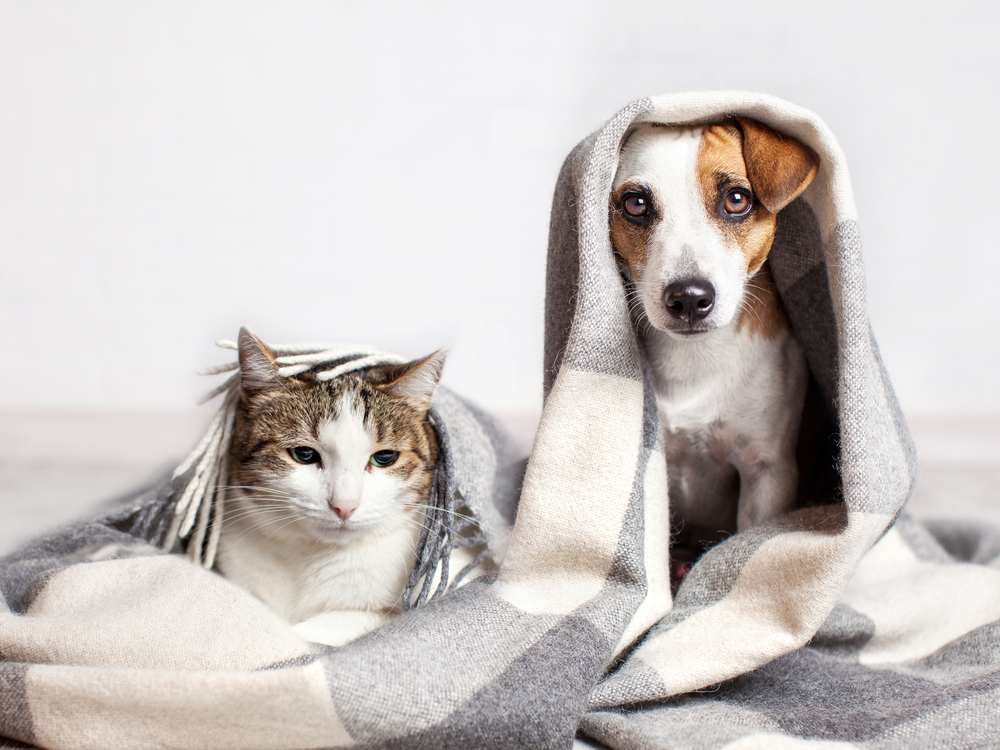
Pet Dander From Cats to Dogs, and Solutions for Your Furry Pals Molekule Blog
Consider vacuums or air cleaners that contain HEPA filters, which help control airborne allergens originating from pet dander. Bathe your pet regularly. T he Humane Society recommends that people with allergies should wash their cat or dog about once a week. If you only are allergic to the Can f 5 dog protein, consider adopting a female dog.
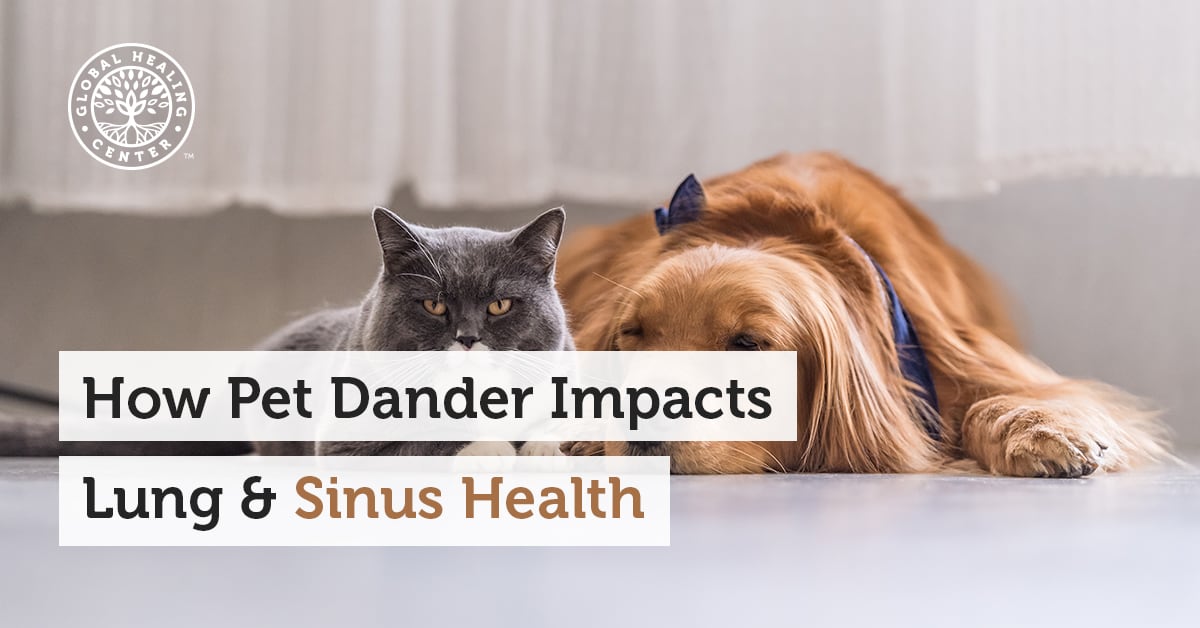
How Pet Dander Impacts Lung and Sinus Health
Pet dander comes from skin cells that are shed by animals with fur or feathers - cats, dogs, guinea pigs, rabbits, birds, etc. Dander can trigger an allergy. Animals without fur, like reptiles, amphibians and fish, do not shed dander so they have less of a chance of triggering an allergic reaction. Pet dander is the most common source of a.
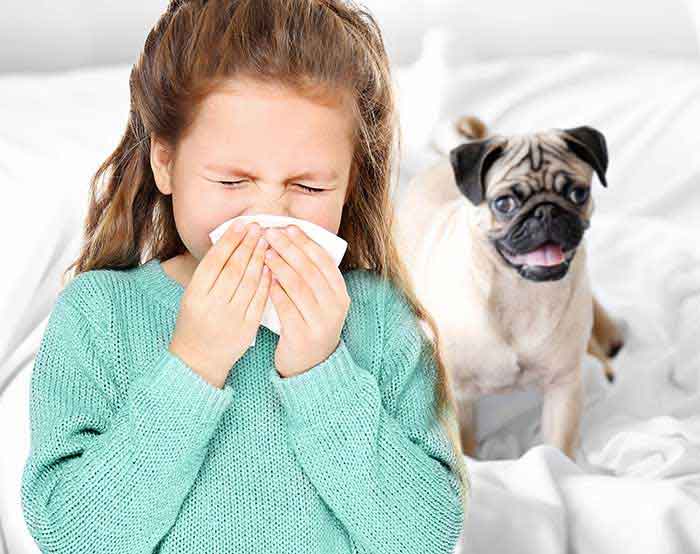
Dander in the Home Affecting Your Health Healthy Homes
Bathe your fur babies regularly. The extra cleaning should also extend to your pets, advises Dr. Hong. If you can, bathe your pets regularly to help keep the protein-impacted dander to a minimum.
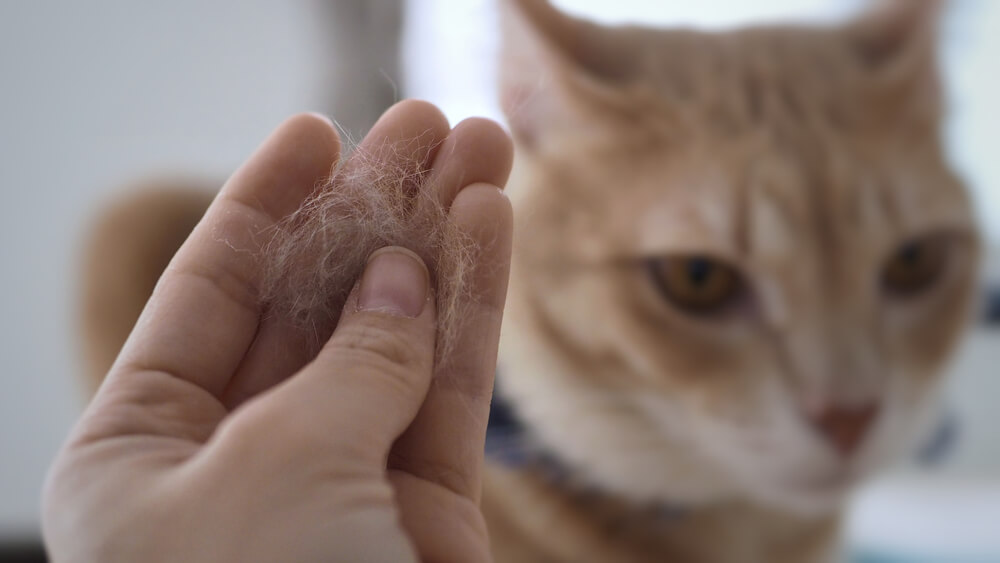
Understanding pet dander and how to manage it Chronicle Media
Pet dander is the culprit. Pet dander is essentially small, dead skin cells that flake off an animal and shed into its home environment. It is these particles that are problematic to those with allergies to household pets.. Since each person is an individual, it is impossible to define the amount of pet-related allergens in a home that it.
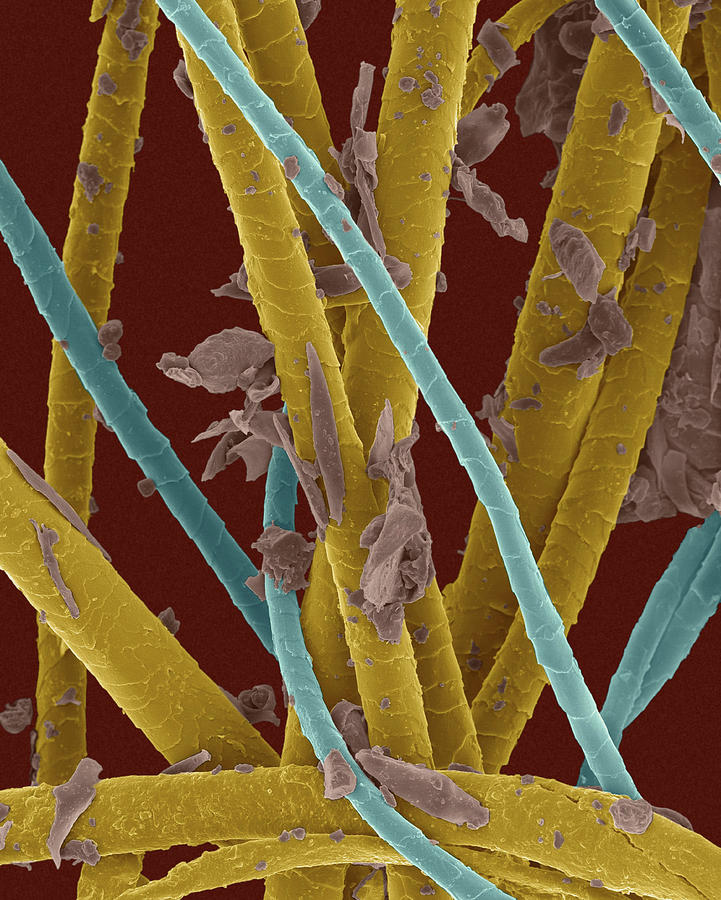
Pet Dander Photograph by Dennis Kunkel Microscopy/science Photo Library Pixels
The term "dander" refers to the skin flakes shed by any animal that has fur or feathers. According to the NIH, allergies become worse because of certain proteins secreted by oil glands that slough off as dander. The proteins that can cause allergies to pets are called pet allergens. Pet dander (skin flakes) is not the only source of pet.

How to Handle Pet Dander in Your Home
references. Pet dander is the dead skin cells that shed off your pet. Dander is common in dogs and cats, but other mammals and birds may also have dander. If you have pet allergies, dander is a likely cause. Clean your home frequently and bathe your pet weekly to help reduce dander in your home.
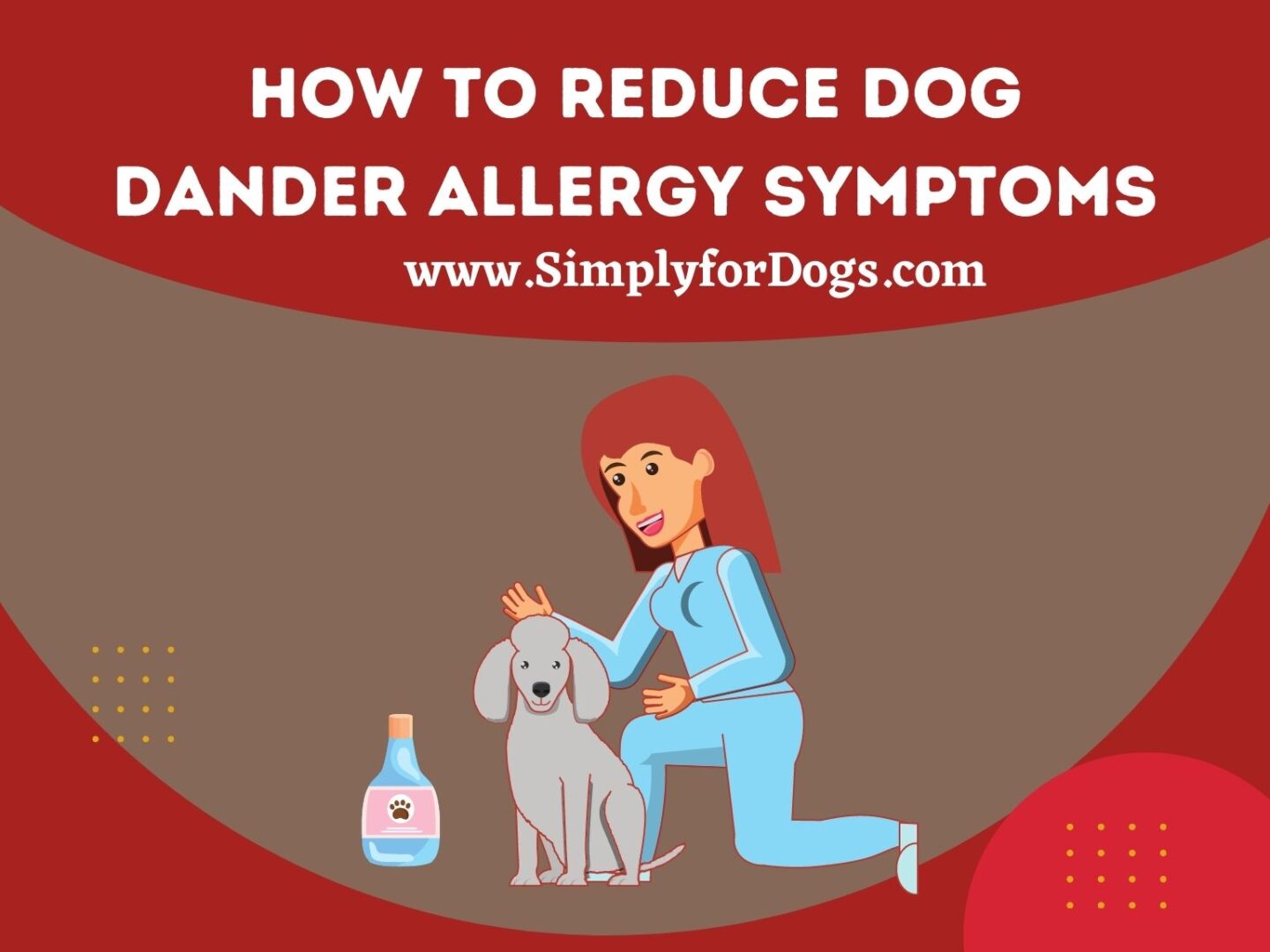
Dog Dander Allergy Symptoms (Way to Reduce) Simply For Dogs
Most often, pet allergy is triggered by exposure to the dead flakes of skin (dander) a pet sheds. Any animal with fur can be a source of pet allergy, but pet allergies are most commonly associated with cats and dogs. If you have a pet allergy, the best strategy is to avoid or reduce exposure to the animal as much as possible.

Dog Dander Through the Microscope
Dander is material shed from the body of humans and other animals that have fur, hair, or feathers.. More pet dander is sloughed off in older animals than in younger animals. Dander build up can be a cause of allergies, such as allergic rhinitis, in humans. Dr. Paivi Salo, an allergy expert at the National Institute of Health, states that.

Dog Dander
Yes, once a week you have to wipe pets down with the Allerpet, spray ADMS spray on furniture, bedding, pets bedding, etc., and sweep regularly to pick up the hair. Dander denaturing agents are available in spray and powder form. We recommend sprays in most situations. Anti-allergen sprays are easy to use and when used properly are very effective.
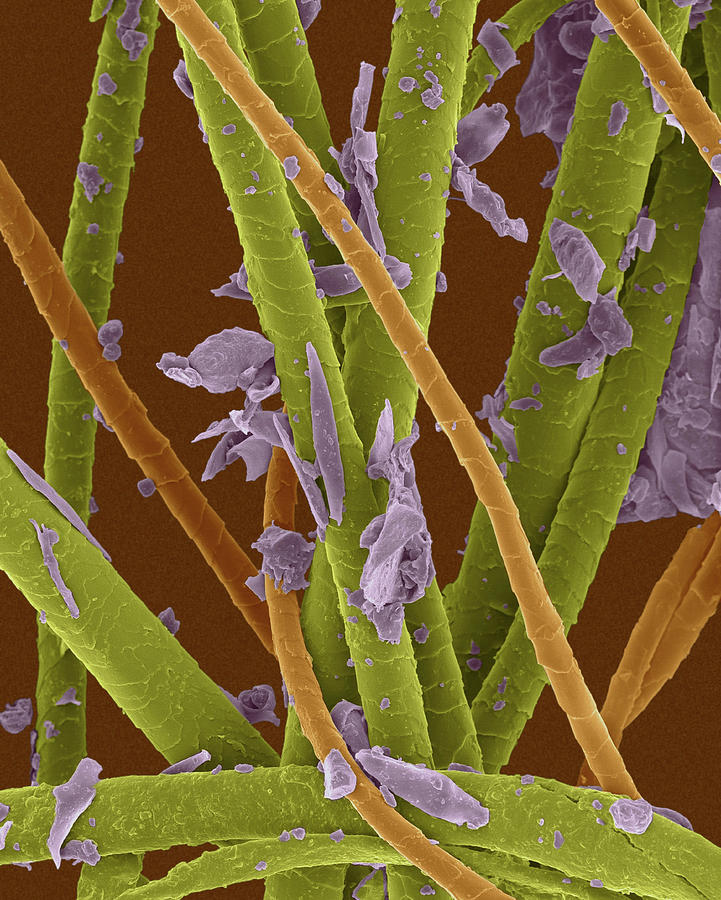
Pet Dander Dog By Dennis Kunkel Microscopy/science Photo Library lupon.gov.ph
Pet dander is tiny bits of skin shed by dogs, cats, and other pets with fur and feathers. For people who are allergic, these bits of skin can trigger reactions. Protein found in saliva, feces, and urine can cause allergic reactions in some people as well. Many people believe that shorthaired cats and dogs are better for reducing the amount of.

What Is Pet Dander and How Do You Get Rid of It? Pet allergies, Pet dander, Cat allergies
Pet allergens consist of danger (microscopic flakes of dead skin), saliva, and urine. They come from animals with fur or feathers, including dogs, rodents, cats, birds, and horses, among others. Overall, pet dander lingers in the air for a long time and can easily stick to furniture, fabric, and bedding, among other household items.

Dog Dander Through the Microscope
Dander is dead skin cells that are regularly sloughed off and replaced by new skin cells. All cats produce dander, but not all people are allergic to it.". to eliminate as much dust as possible (idea: reduce the number of "dust collectors" on your shelves) and vacuum pet hair regularly. "Home air filtration systems can also help.

What Is Dog Dander
Cat Dander and Allergies. Cat dander, or more specifically, the Fel d1 protein in cat dander, triggers allergic reactions in sensitive people. Cat allergies in people are common. When you feel your eyes swell up or start sneezing around a cat, you are reacting to cat dander. Specifically, it is your immune system that is reacting to fel d1.

How to Manage a Pet Dander Allergy When You Want a Pet Rheumatology and Allergy Institute of
Pet dander is nothing, but tiny flecks of skin shed by cats, dogs, birds, and other animals that have fur or feathers. When dander from a pet gets released into the air, it causes health problems to the pet parent, specifically with the above-mentioned health conditions. Besides it triggers allergy symptoms in some human beings, it can also.
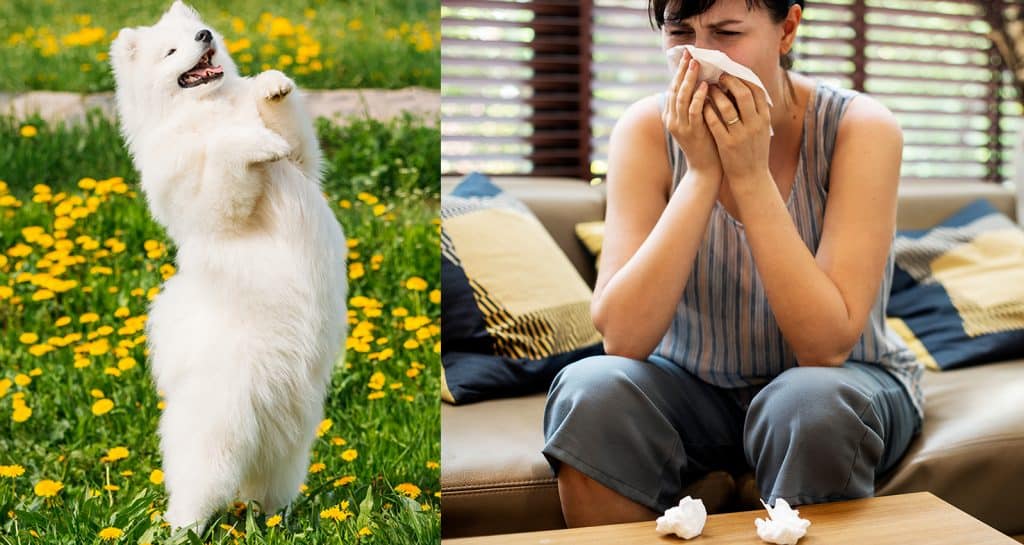
Dog Dander The Ultimate Guide For Managing Dog Allergies
Pet dander is the term for the dead, dry skin that sheds from animals. This skin flies into the air and settles all over your house. Pet dander is produced by a wide variety of species, including furry and feathered animals — birds, rabbits, hamsters, etc. — contrary to popular belief that only cats and dogs can produce it.

Pet Dander Under the Microscope
While bathing your pet will help reduce the amount of dander that is produced, it won't eliminate it entirely, so it will continue to fall off of your pet and settle on surfaces. Regular dusting will help keep it out of your respiratory tract, where it causes the sneezing and coughing. Get into the habit of dusting frequently, sweeping or.